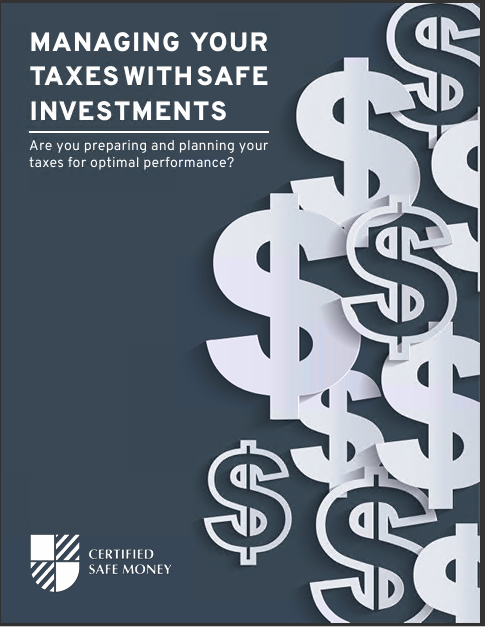Variable annuities are insurance contracts offering tax-deferred growth of assets and a guaranteed income stream, making them popular methods for funding retirement. Variable annuities, like other investment portfolios, can be tax-qualified or non-qualified. Certified contracts are subject to the required minimum distribution (RMD) rules as other investments in certified retirement plans, whether held in IRAs or other tax-advantaged plans like 401(k) plans. Non-qualified contracts, as specified in the annuity’s contract, offer tax-deferred growth and don’t have any required withdrawals until annuitization. In Roth IRA accounts, no minimum distribution is required as long as the owner is still alive. A Roth IRA inherited by a surviving partner is exempt from required minimum distributions (RMDs). Each beneficiary of an inherited Roth account must take distributions. There is no set schedule as of 2022, but the accounts must be closed within ten years of the original owner’s death. Result of required minimum distributions (RMDs) Owners of IRAs and other certified retirement accounts are typically required to begin taking withdrawals from their accounts as soon as they turn 72 (or 70½ if they reach that age in 2019 or earlier). This RMD is calculated using an age-based divisor and the account balance. A severe penalty of 50% is applied if the annual minimum is not withdrawn. If the account owner can demonstrate to the IRS that failing to pay the fee was due to an error and that they are taking the necessary steps to correct the error, the IRS may, under certain circumstances, waive the penalty. The account owner must include an explanation letter with IRS Form 5329. As life expectancies increase and the possibility of outliving retirement savings rises, having to take withdrawals can worry retirees. Some variable annuity insurance policies offer a guaranteed lifetime income rider that might be able to help with this problem. Results of RMD on benefits Distributions can negatively affect the funding efficiency of an annuity contract, as well as other benefits, such as riders for lifetime income and death benefits. It is essential to understand how RMDs are handled and how they affect the coverage when evaluating a variable annuity for certified funds. Traders shouldn’t let required distributions stop them from considering the valuable benefits offered by variable annuities. Buyers and financial planners should find a contract that accommodates RMDs to maximize investment growth and ensure it will last through retirement. Techniques for Delaying or Reducing RMDs Reducing RMDs can be done by following a few simple rules of thumb. But let’s start with your limitations. The money you withdraw cannot be transferred to a Roth IRA or another IRA. You can put the money in a non-retirement account after paying taxes. You are allowed to withdraw more than the bare minimum, but you cannot use the extra money to reduce your RMD for a subsequent year. On the other hand, you can take your first RMD in two different calendar years to reduce the tax impact. The second RMD will, however, be added to the amount of the first RMD you took that year for tax purposes. As long as you keep working for the same company and don’t own more than 5% of that company, you don’t have to take RMDs from your employer-sponsored 401(k) if you are still employed when you turn 72 (or 70½ if you reach that age before January 1, 2020). Self-employed individuals with SEP-IRAs must continue to withdraw an annual required minimum distribution (RMD) from those accounts once they turn 72 (or 70½ if they do so before January 1, 2020). However, they may defer that withdrawal by making contributions to the account. Additionally, for up to $100,000 per year, you can roll over the withdrawn money directly into a charitable donation without paying taxes on it. Qualified longevity annuity contracts (QLAC), which are deferred annuities funded with resources from qualified retirement plans, are available for purchase. According to federal regulations, you can spend a maximum of $125,000 or the equivalent of 25% of your retirement savings on a QLAC. Until you turn 85, the amount invested in a QLAC is exempt from RMD calculations. Why people don’t like required minimum distribution (RMD) Some people may view having to withdraw money from an account as a good idea. The RMD rules, however, can appear to be a burden if a retiree doesn’t need the money when the withdrawals are required. They would probably prefer not to pay taxes on the withdrawals because doing so would put them in a higher tax bracket. The withdrawals may also result in premium surcharges because they are considered income for calculating Medicare premiums. The lives of those with higher incomes would probably be affected less by reducing or eliminating RMD requirements than those with lower incomes. This is because less wealthy retirees will inevitably need to withdraw more money from their savings to cover their living expenses.
Contact Information:
Email: dante@credkeeper.com
Phone: 8777993433
Bio:
After spending many years studying information technology, specializing in web development, digital marketing, and search engine optimization (SEO), I enjoy applying my skills and experience in helping others achieve their goals online.As a marketing specialist at Credkeeper, I help people get the most out of their online reputation. Your prospects perform Internet searches for your name before they buy from you. What they see on the first page of Google outweighs almost all other marketing! What do people currently see when they search your name on the Internet?If you would like to know more about Credkeeper and what we can do for you, feel free to reach out to me!













